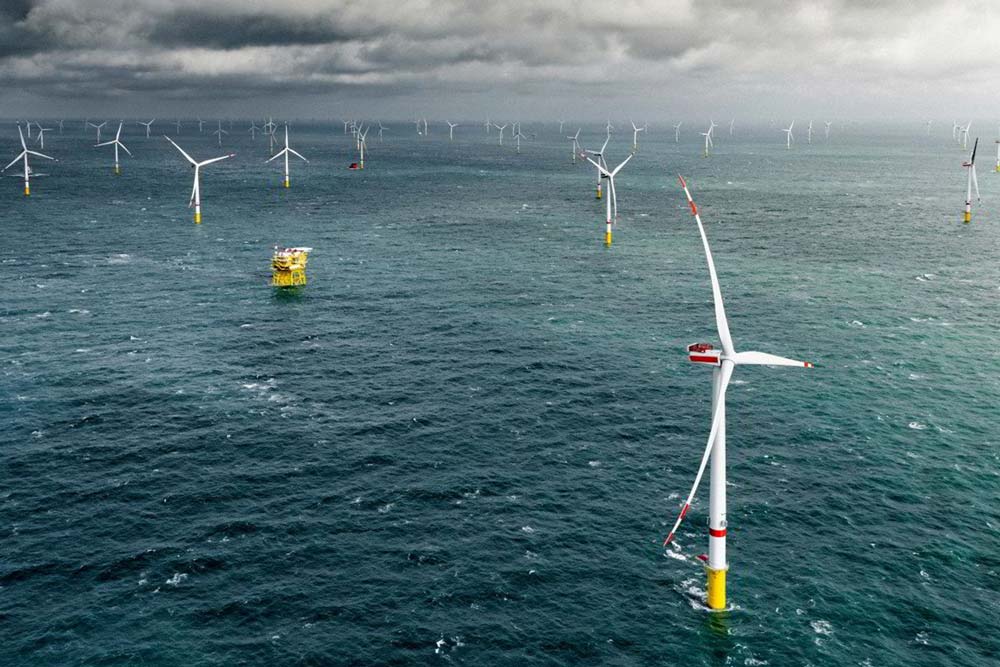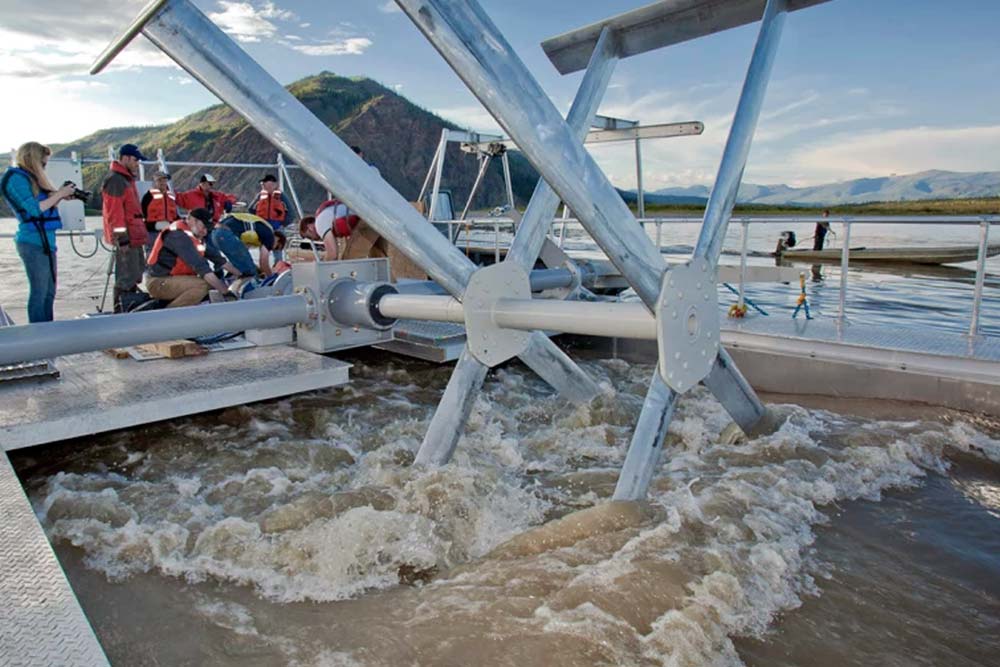Renewable Energy
Natural Energy Power
Renewable energy is usually associated with energy that can be sourced from naturally occurring elements that are able to “restock” during the average human’s lifetime, this include, water, sunlight, wind and geothermal heating.
Energy obtained from renewable sources contributed to 19 percent of the planets total energy usage and 22 percent of the planets generation of electricity in 2012-2013. Out of the 19%, 2% is generated from wind, Hydro energy produces 3.8%, thermal energy contributes 4.2% and biomass derived from living or recently living organisms make up the current largest share of 9%, biomass generally uses uneatable plants and plant based materials.
In 2013 there was over $200 million dollars in new investments with government energy plans especially in the largest countries like the U.S.A and china focusing on solar, thermal, hydro and bio mass derived fuels. Carbon credits can be used in creating assets for renewable investment funds. Carbon credits are financing tools that are available to trade on the open markets.
With renewable energy forming the central point of most governments and institutions energy policy, carbon credits were created to encourage reduction in carbon and toxic greenhouse gasses related to modern fossil fuel energy consumption. Companies and institutes are charged for their carbon emission. Carbon credits are permits that allow an entity to release a ton of carbon without charge. To ascertain a carbon, permit an entity must first save/prevent one tonne of carbon dioxide and other toxic chemicals being release into the atmosphere and as stated above carbon credits once received can be sold or traded on the markets.
Whilst it is still considered a relatively new opportunity, there is enormous income potential by trading these credits
Green ESL are pleased with ownership of these credits through our Power of water project fund adding to our asset funds. For more information on the Power of water project fund, please contact us.
Large Scale Job Creation: the implementation of renewable technologies and sources is going to add a huge number of skilled jobs to the market along with more traditional employment such as labourers and administrators. Renewable energy is the future as the current most common energy source are through fossil fuels and natural gas, both highly toxic and damaging to the planet and both having limited resources that will soon be emptied. Renewable energy sources reduce overhead and running costs as they require less maintenance and servicing.
A main benefit of renewable energy is that it is sustainable and so will never run out or at least not in the foreseeable future. Renewable energy sites normally need less maintenance than traditional power stations. The fuel for these renewable stations being obtained from natural and available resources reduces the costs of operation and mining. More importantly though that renewable energy leaves behind little to no waste, such as carbon dioxide or other toxic pollutants, which means from production to actually using the energy, the entire process still has minimal impact on the environment.
Renewable energy can also convey socio-economic advantages to many local areas, most plans are positioned away from urban areas and suburbs, it will reduce toxicity, reducing illness, reduce the planet degradation, increase jobs, reduce costs. These socio-economic advantages also include less reliance on foreign countries to provide fossil fuels and the increased use of local services as well as benefits from tourism, investment and entering the market early enough to capitalise.
Find out more
-
TechnologiesTechnologies
-
Silk RoadSilk Road
-
FCOSUFCOSU
-
WaterWater
-
Hydro PowerHydro Power
Clean Energy
Cleaner Energy for a Cleaner World
Renewable energy is power generated from sources that are constantly being replenished. These renewable energy resources won’t run out, unlike fossil fuels and gas, and include wind and solar energy.

North Sea Auction

Marine and hydrokinetic


